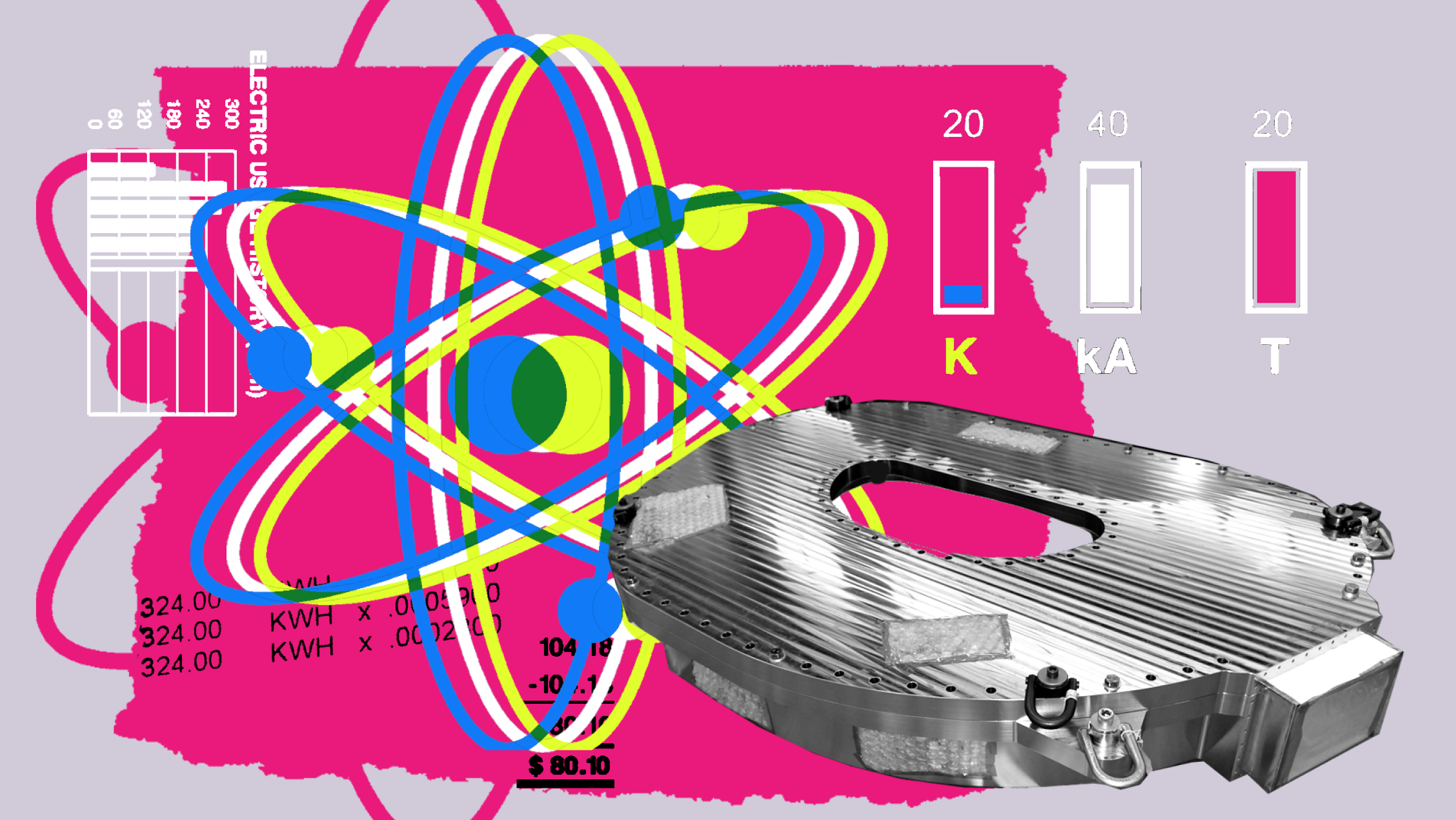Last September, researchers at Commonwealth Fusion Systems slowly charged a 10-ton D-shaped magnet, pushing up the field strength until it surpassed 20 tesla—a record for a magnet of its kind. The company’s founders say the feat addressed the major engineering challenge required to develop a compact, inexpensive fusion reactor.
Fusion power has been a dream of physicists for decades. At temperatures well above 100 million degrees, as in the sun, atomic nuclei mash together, releasing a massive amount of energy in the process. If researchers can bring about these reactions in a controlled and sustained way here on Earth, it could provide a crucial source of cheap, always-on, carbon-free electricity, using nearly limitless fuel sources.
In one approach, magnets are used to confine a gas of ions and electrons, known as a plasma, within doughnut-shaped reactors. More powerful magnets mean less heat escapes and more fusion reactions can occur within a smaller, cheaper facility. And not by just a little: doubling the strength of the magnetic field reduces the volume of the plasma needed to generate the same amount of power by a factor of 16.
Don’t settle for half the story.
Get paywall-free access to technology news for the here and now.
